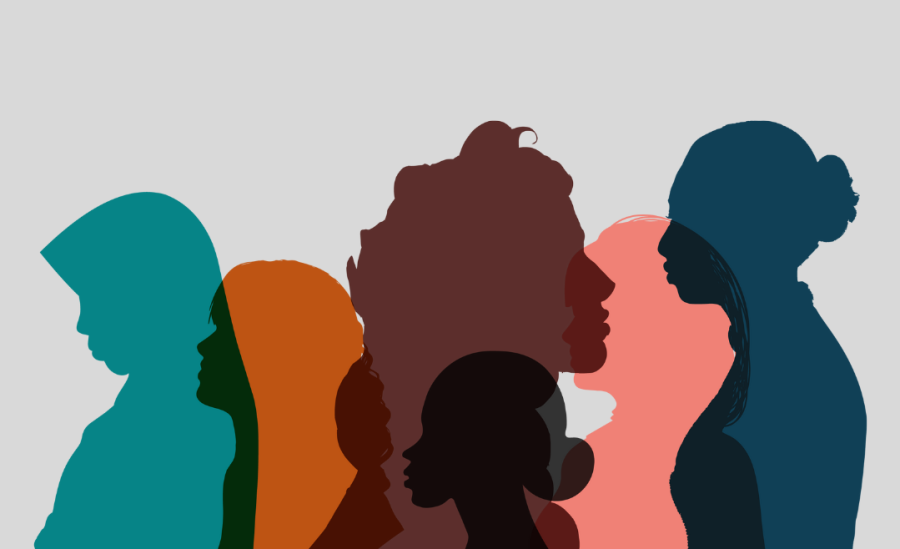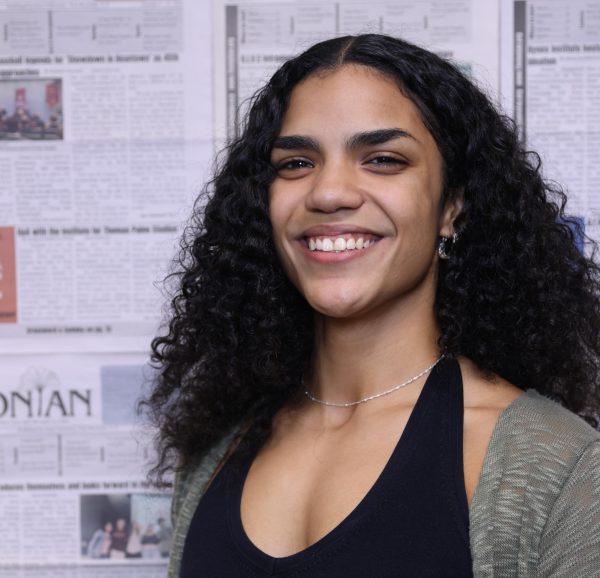Marching into Women’s History Month
March marks the start of Women’s History Month.
March 12, 2023
On March 13, 1913, more than 8,000 women marched to the streets of Washington D.C, demanding the right to vote. With a decade old campaign, and anger and drive, these women fought for the right to be heard. On Aug. 10, 1920, the 19th Amendment—allowing women to vote—was ratified, and on Nov. 2 of that same year, women across the nation voted for the first time.
For decades leading up to the women’s suffrage movement, women were denied the human right of voicing their opinions, celebrating their accomplishments and asking for more—more decency, more admiration, more respect, more representation, etc. Even years after gaining suffrage, women, still silenced by the constraints of patriarchies and the male gaze, still fought, and continue to fight, for representation that is well-deserved and true to the women experience.
Years after suffrage, women fought for the right to govern their own bodies, receive the equal pay and not be discriminated against because of their sex. It wasn’t until 1980s when women started being recognized on a national level. Before then, the US didn’t have any specified amount of time dedicated to women and their history.
Women’s History Month started out as Women’s History Week in 1982, which was set to commence the second week of March. Five years later, in 1987 the week turned into a month, and by 1995 President Bill Clinton proclaimed for March of every year to be Women’s History Month.
Since then, institutions and organizations dedicated to empowering women and honoring their undermined accomplishments, have formed across the nation. Higher-education institutions, such as Iona University, which only became co-ed in 1969, 29 years after its founding in 1940—have begun hosting events in honor of the commemorating month.
On March 6, Iona University invited the Global Jazz Community All Star Female Band to perform a concert in honor of Women’s History Month. The performance honored the music of women jazz musicians from the past and present. It also gave students a chance to learn more about these musicians’ accomplishments. For more events in celebration of Women’s history month, go to Iona University’s webpage.
Representing nearly 53% of students, Iona’s student body is dominated by women. This campus alone represents the long-distance women have traveled to be treated as equals and carries an extensive history in terms of women achievements. For the 53% of women on Iona’s campus, and those that came before, the mouth of March is significant in honoring their achievements.
From their bodies to their minds, women and their rights have been mishandled, mistreated and miseducated for decades on end. While Women’s History Month serves as a time of commemoration, it is also a time of remembrance—a remembrance of those that came before, and recognition of those that pave the path to tomorrow. The fight for women’s rights and representation—a fight that becomes even more difficult for disabled women and women of color— continues today, so let this month be a reminder of that.




